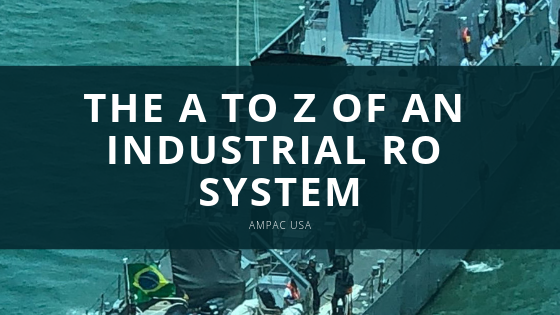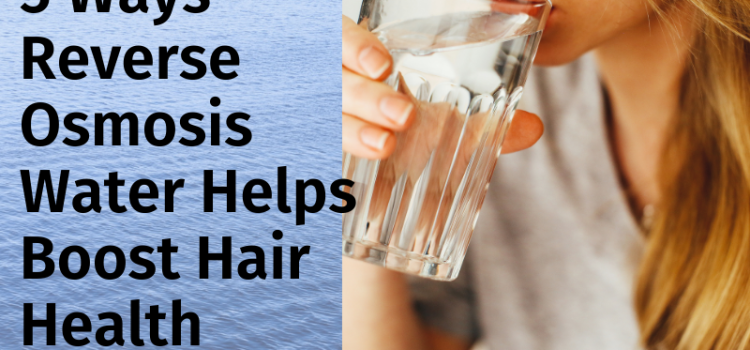Stanton, T., Johnson, M., Nathanail, P., Gomes, R.L., Needham, T., Burson, A., 2019.
ABSTRACT: The presence of microplastic particles (<5 mm) in the environment has generated considerable concern across public, political, and scientific platforms. However, the diversity of microplastics that persist in the environment poses complex analytical challenges for our understanding of their prevalence. The use of the dye Nile red to quantify microplastics is increasingly common. However, its use in microplastic analysis rarely accounts for its affinity with the breadth of particles that occur in environmental samples. Here, we examine Nile red’s ability to stain a variety of microplastic particles and common natural and anthropogenic particles found in environmental samples. To better constrain microplastic estimates using Nile red, we test the coapplication of a second stain that binds to biological material, 4′,6-diamidino-2-phenylindole (DAPI). We test the potential inflation of microplastic estimates using Nile red alone by applying this costaining approach to samples of drinking water and freshwater. The use of Nile red dye alone resulted in a maximum 100% overestimation of microplastic particles. These findings are of particular significance for the public dissemination of findings from an emotive field of study.
https://doi.org/10.1021/acs.estlett.9b00499
The post Exploring the Efficacy of Nile Red in Microplastic Quantification: A Costaining Approach. appeared first on Facts About Water.
Source: Water Feed








